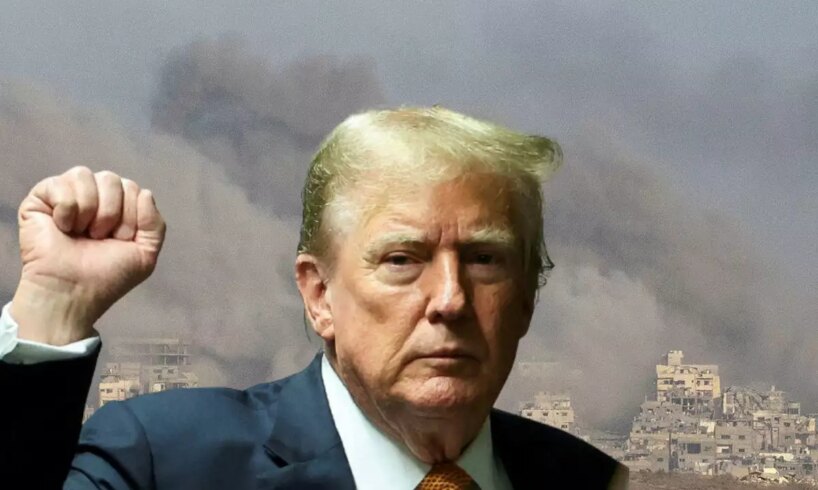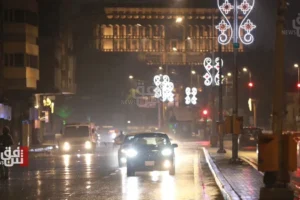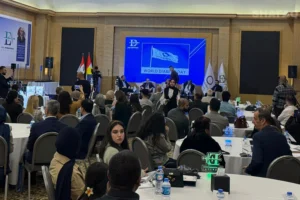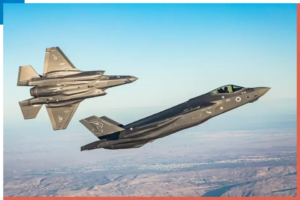
The transformation of the war in Gaza into another real estate transaction by Donald Trump commenced simply with an image. Trump, with his broad shoulders, is captured standing on a red carpet for a dramatic handshake with a political adversary, featuring a smile that suggests “here is the next deal”. This scenario was seen at the Alaska meeting that yielded nothing and was also evident in the summits with Kim Jong Un in Korea. These events generated headlines and camera flashes but no real outcomes. Trump has consistently been drawn to the drama of the deal, not necessarily the painstaking details of its successful execution. His history as a real estate developer remains deeply rooted in his approach. A successful transaction is evaluated by the photograph and the price, not necessarily by any genuine alteration of the reality.
Hamas is currently confronting an existential challenge it has never faced since its inception. The population is utterly worn out, confidence is deteriorating, and the exhausted Gazan public is no longer lauding the mouqawamah (resistance) but asking instead, “where is the bread”. Local militias – including armed tribes, rebellious factions, and even former Hamas operatives – are defying the organization, weakening its authority, and triggering internal conflicts. Hamas, once the strip’s iron-fisted ruler, must now handle this through the Wahdat Sahm, its Gestapo, facing a double threat: internal collapse and vengeance from external militias.
US President Donald Trump (R) shakes hands with Israeli Prime Minister Benjamin Netanyahu (L) after they spoke at a press conference in the State Dining Room of the White House in Washington, DC (EPA/JIM LO SCALZO)
The Gazans, on their part, are moving in great numbers toward the Al-Mawasi area. These convoys also symbolize the break from Hamas, indicating a profound shift. An increasing number of citizens now view the organization not as the “protector of the nation” but as a “curse”. Many are willing to take the risk with Israel if it provides hope for genuine change.
Simultaneously, the Arab bloc is uniting around a clear objective – to conclude the Gaza episode and bring back stability. Egypt, Saudi Arabia, the Emirates, and even Qatar, have started to indicate that “the resistance” has turned into a strategic liability. The damage caused by the Houthis to commercial trade, the significant economic expenditures, and the concern about the potential for another regional conflict all contribute to a new consensus. Hamas is no longer perceived as part of the solution but as the primary barrier to achieving it.
Trump, undeniably one of Israel’s greatest allies in history who has stood by Israel in the most challenging times against the entire world, but in collaboration with Steve Witkoff, perceives Gaza as a venue for a deal, not necessarily a dangerous minefield. Both are real estate professionals who operate on the belief that when an asset declines, one merely needs to purchase it at a low price, refurbish it, and sell it for a profit. This mindset, however, is ill-suited for the Middle East. Here, the “refurbishment” involves a deep psychological transformation, and the assets are not lucrative, as the foundations are built on beliefs and blood. Consequently, his dangerously naive declaration that “Hamas wants lasting peace” reflects a fundamental misunderstanding. In the world of real estate professionals, there is no consideration for the Islamic concept of taqiyya: a calculated deception for survival that allows Hamas to feign compromise while actively regrouping.
IDF troops in the Gaza Strip om September 2025 (IDF Spokesperson’s Unit)
The actual deal right now is not between Israel and Hamas, but between Washington and itself. Will the US uphold the unequivocal 20-point plan it authored, which received international support, or will it gnaw at its own tail like a cornered animal. The pressure for a “compromise,” combined with the vast Qatari funding and the appeal of a “historic deal,” will achieve their purpose. Hamas is experiencing a historic nadir. Therefore, it currently appears that Hamas might accept the “soft” components of the agreement in part, enough to claim an internal victory but without relinquishing its arms. Israel will be compelled to grant substantial relief and concessions in exchange for the deal’s implementation. The remaining factors depend on US pressure and the disorganized dynamic on the Gazan street.
In the end, Trump may discover yet again that the Middle East is not an Atlantic City casino available for a contract closing, but rather a mysterious, deeply ancient archaeological site complete with ancient labyrinths and secrets. The hidden elements outweigh the known ones: blood, faith, and its own unique tribal laws. Here, an “agreement” serves only as a preface to a new stage, rather than the conclusion of the entire narrative.





